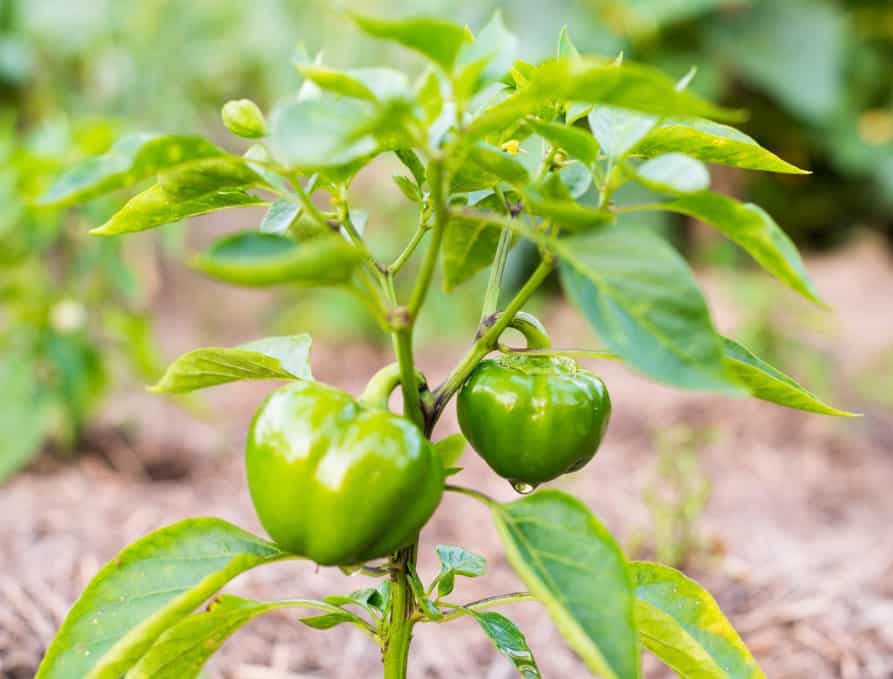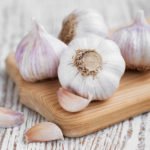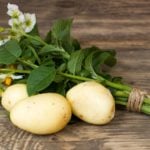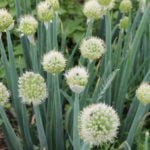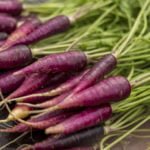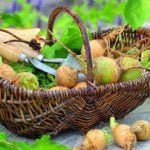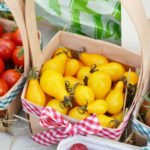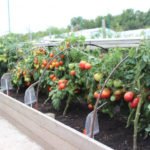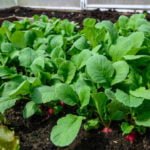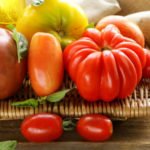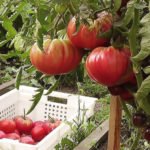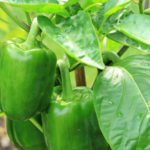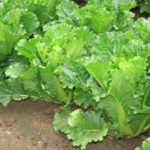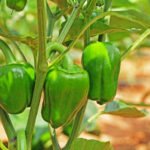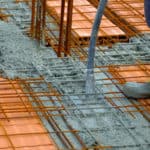In the article Bulgarian pepper: requirements for heat and light, I have already said that the windowsill is not the best place to grow seedlings. It turns out that the reason is not only the temperature. Pepper is very demanding of moisture.
Bell pepper: moisture requirements
It is inconvenient for seedlings on the window: the root legs are cold from the window sill, and the leaves are cold from the glass or sometimes too hot from the sun: that is, there is a large temperature difference during the day. There is certainly a battery under each window, it raises the heat, and any movement of the air is the wind. Of course, it cannot be called a hurricane, but it still carries moisture.
This means that the soil can be quite moist, and the air can be very dry. Such problems in the room can be eliminated: just put the boxes with seedlings on the table to the window, illuminate with fluorescent lamps, humidify the air. Moisture is always required for pepper, both in the seedling phase, and during flowering and fruiting.
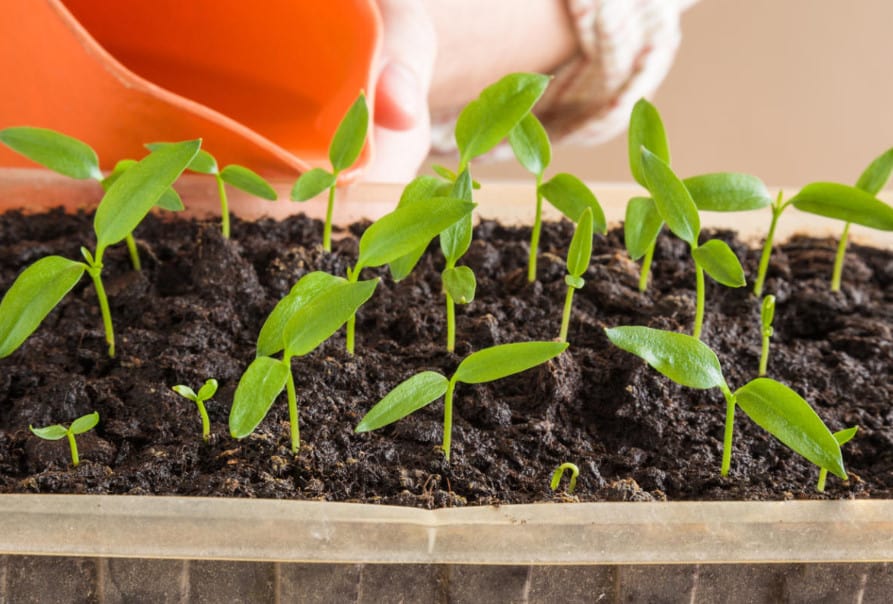
If the seeds were sown first in a bowl, then transplanted into boxes, and then into the ground, the roots of the plants were repeatedly injured, which does not benefit. Then you will have to water them a lot and often, because the root system will become fibrous, will be located in the surface layer of the soil. From this layer, the winds carry away water very quickly. In my area, as soon as the sun warms up, a dry wind begins to blow, the air movement stops at dusk, when the surface of the earth begins to cool down. That’s when we have a vegetable garden with a vegetable that needs to be watered abundantly so that there is enough moisture for the next watering.
Because pepper is grown only by sowing in cassettes or pots, to avoid transplanting, so that the main root can go to a depth of about a meter (3.3 in), and there was always plenty of water to drink. Because warm rainy days are a blessed time for gardeners in our region.
If seedlings are grown in an insufficiently moistened substrate, the plants remain stunted, weak, there are few leaves on them. When transferred to the soil, such seedlings do not take root well. The consequences are low yields, clumsy fruits, peak rot is observed. Regular watering from a watering can only slightly moistens the soil (whatever it is in quality) of the bed. But for growing on clay soils, much more water is needed than on loam or sandy loam. It would be good to do watering in the form of rain, then the humidity of the air increases. At low humidity, pepper sheds not only buds and flowers, but also fruits.
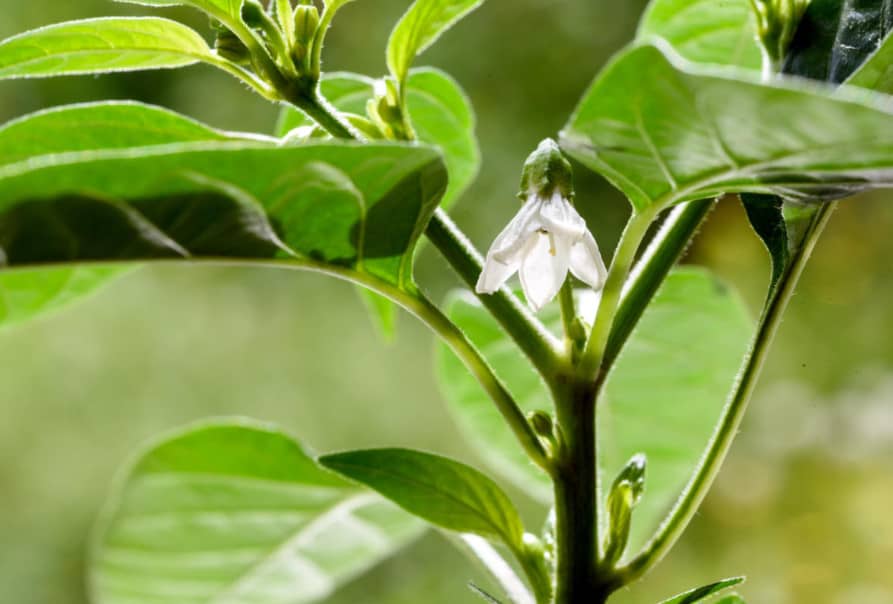
The peculiarity of pepper is that it is difficult to please. Slightly drier soil – it reacts with a decrease in yield, slightly wetter – again wrong, again less fruit, but the reasons are slightly different. When the moisture in the soil ends (according to pepper), the growth processes in the plant slow down (especially strongly – at the stage of germination), the roots do not absorb soil nitrogen and do not synthesize amino acids. There will be hunger. Here you can even fertilize as much as you want… If the soil is dry, then the cause of pepper’s discontent is an increased concentration of minerals.
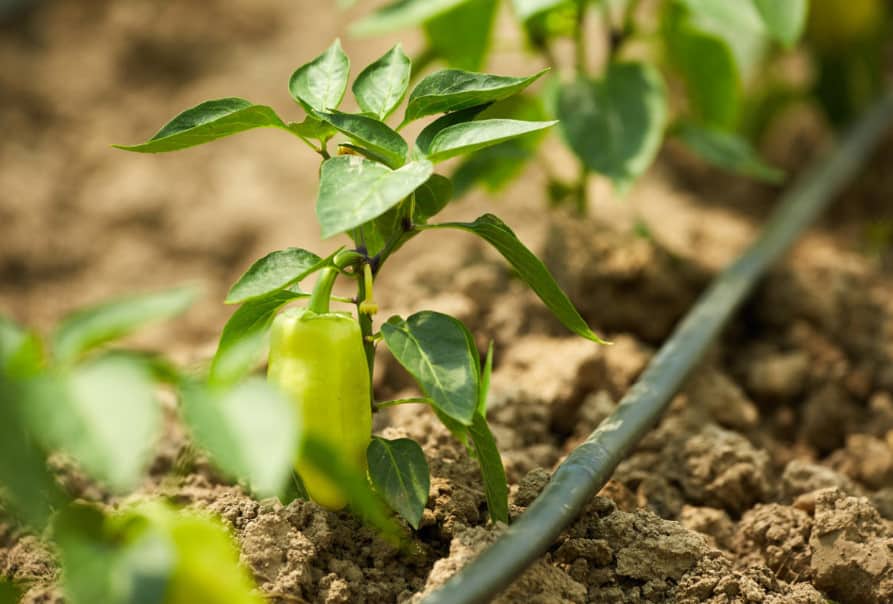
At the same time, there is another trick that the plant will certainly show the gardener: the flowers may not fall off, but this does not mean that they are pollinated! In a closed ground it is easier to create the necessary humidity earlier. Since the flavors of peppers and tomatoes are different, it is irrational to grow them in the same greenhouse.
Bell pepper: soil requirements
He needs a structural soil, fertile, deep, warm, rich in humus and nutrients (in a form convenient for the plant), light, well-flowing water. In a word, ideal conditions!
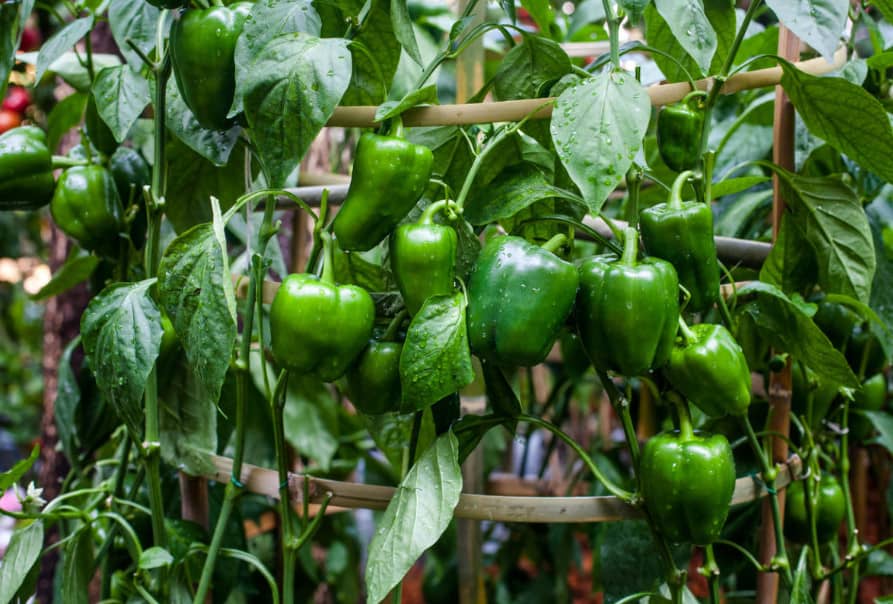
On sandy soils, peppers of early varieties work better, and medium and late ones require loam or chernozem with a good ability to retain moisture. It is better not to grow on clay and sand, it will be of little use.
Any heavy soils reduce the yield of pepper, it grows slowly, gets sick in the heat. And he will not like the acidic soil, it is better to lime it for growing pepper. But that’s the trouble-lime pepper doesn’t like it either! Because in the autumn, before planting next year, it is not necessary to apply lime on pepper plots, it is better to do it 2 years before planting. Calcium makes up the organic matter in the soil, then the roots develop better, which is very good for the growth of leaf mass and without prejudice to the formation of fruits.
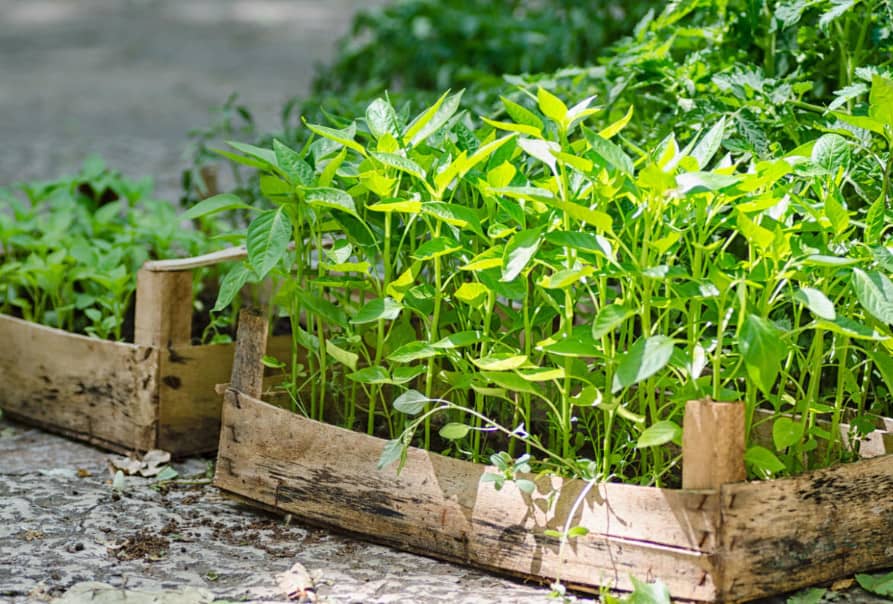
There should be less phosphorus in bell peppers than in tomatoes. But magnesium is required for its transportation: photosynthesis suffers without magnesium, the stems are drawn to the sun, the leaves change color, their color is not restored. If the plant has enough phosphorus, it becomes cold-resistant. And without phosphorus, fruits are not formed and do not ripen. Without iron, plant cells do not absorb carbon dioxide, leaves lose color. Without manganese, flowers and buds fall off, it is not possible to take seeds from such a plant. But how to recognize in time that there is not enough of any element of nutrition in the soil? After all, a forced diet does not affect the productivity of pepper in the best way!
